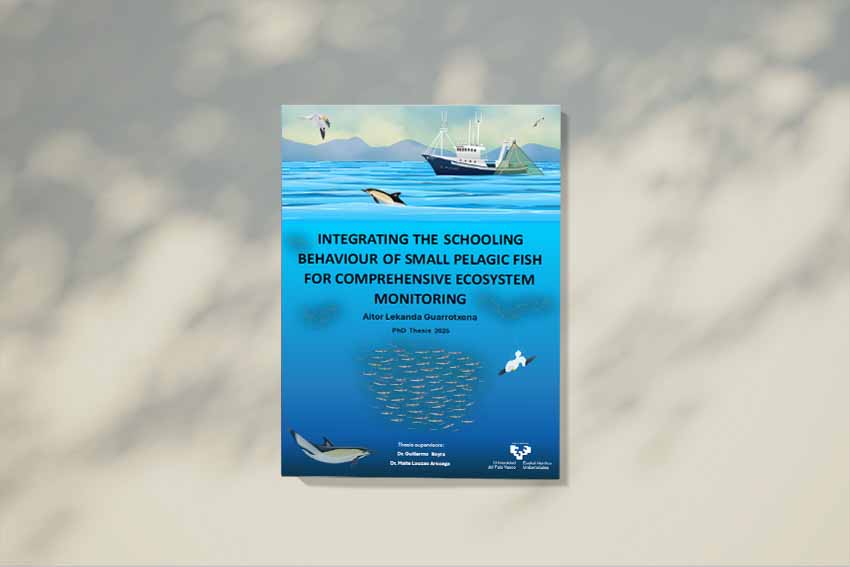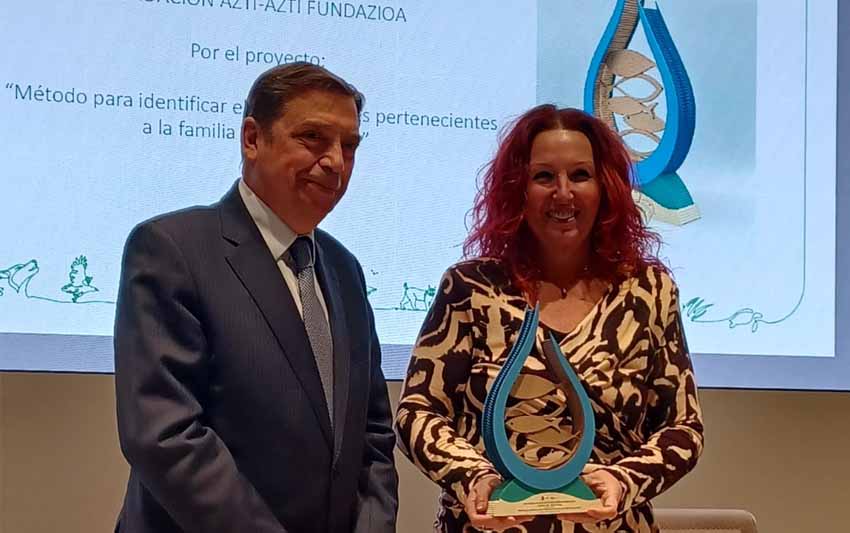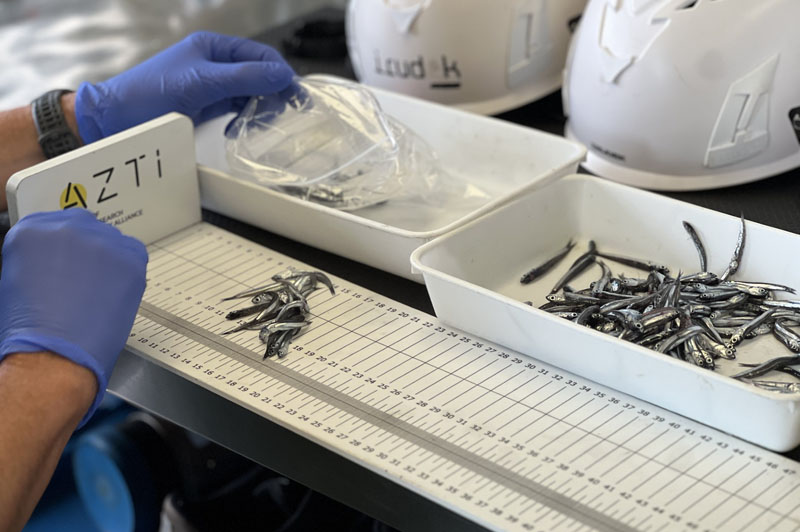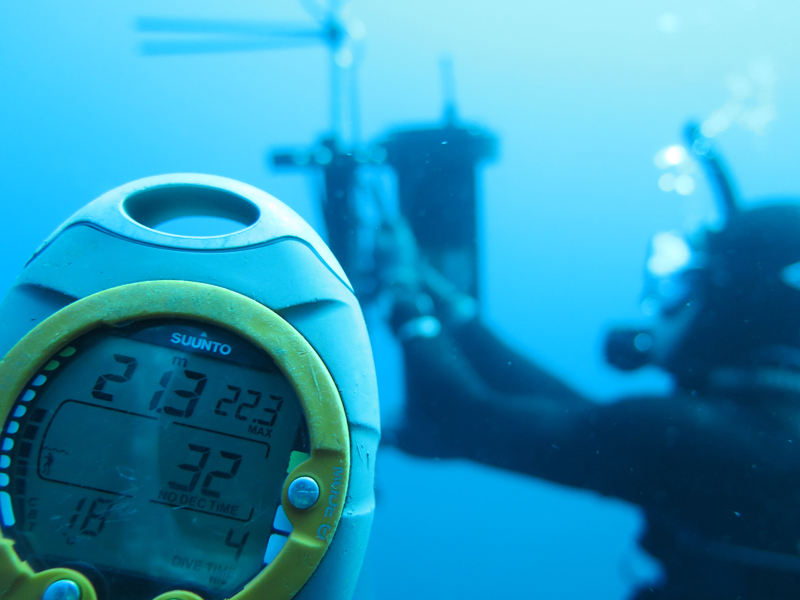Nuevo doctor en AZTI: Aitor Lekanda
Últimas noticias
AZTI, BKHF y BBK KUNA presentan la certificación “Sustainable Gastronomy” como parte del compromiso con la gastronomía de Euskadi
AZTI gana el XXIV Premio JACUMAR con un método pionero para sexar esturiones mediante PCR
JUVENA 2025: La abundancia de anchoa juvenil en el Golfo de Bizkaia crece y duplica la media histórica
El pasado 13 de junio de 2025, Aitor Lekanda defendió con brillantez su tesis doctoral en el PIE de la Universidad del País Vasco (UPV/EHU). Su trabajo, titulado “3D relationships between pelagic prey and apex predators to advance integrated management of marine ecosystems”, fue evaluado muy positivamente tanto por la calidad de la presentación como por los resultados obtenidos.
La tesis, desarrollada en el marco del proyecto JUVENA, ha sido dirigida por Guillermo Boyra y Maite Louzao en AZTI. El tribunal evaluador destacó la excelencia del manuscrito, la claridad y solidez de la exposición oral, así como la capacidad de Aitor para contextualizar y debatir sus hallazgos científicos con rigor y perspectiva.
Como reconocimiento a su destacado trabajo, la tesis fue calificada con la máxima nota: sobresaliente por unanimidad.

Resumen de la tesis (en inglés)
The marine pelagic ecosystem is a complex, ever-changing environment that supports high biodiversity and plays a critical role in the global economy. At its core are small pelagic fish—key players in transferring energy from plankton to top predators and sustaining major fisheries. However, despite their importance, their schooling behavior remains poorly understood, complicating efforts to manage them effectively.
This thesis explores the behavior and ecological role of small pelagic fish in the Bay of Biscay, using innovative tools to improve our understanding. The first chapter introduces a machine learning model that classifies acoustic data to distinguish between different fish species in mixed schools. By using a weakly supervised approach and refining the model with self-training techniques, the study improved classification accuracy and revealed important species-specific schooling patterns.
In the second chapter, the thesis examines how environmental and biological factors influence schooling behavior. Findings show that local biomass, interspecies interactions, and ocean currents significantly shape how these fish form schools, with feeding efficiency emerging as a key driver of school size.
The third chapter shifts focus to predator-prey dynamics, analyzing the spatial overlap between predators and their pelagic prey. Interestingly, predator presence didn’t always align with prey abundance, highlighting the importance of school characteristics and accessibility. These insights can help refine conservation strategies and reduce bycatch.
By combining advanced machine learning with ecological analysis, this research contributes new tools and knowledge to support ecosystem-based fisheries management. The findings not only enhance our understanding of pelagic ecosystems but also provide practical solutions for sustaining fisheries and protecting marine megafauna.







